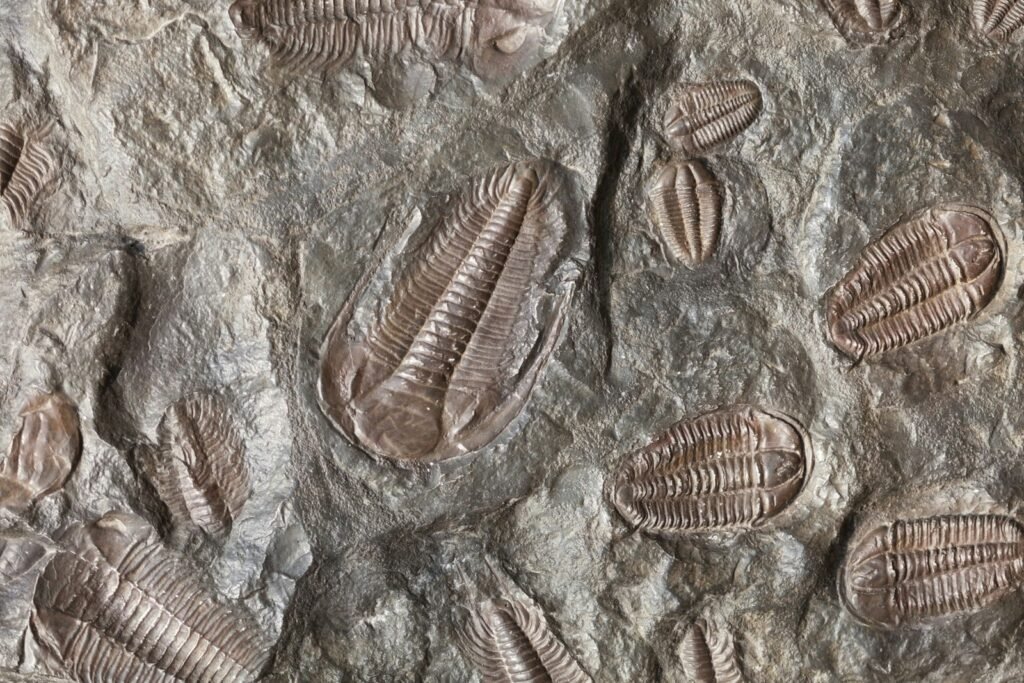On a wind-lashed shore of Orkney, a Neolithic village has been holding its breath for five thousand winters. Skara Brae looks small at first glance – just ten homes stitched together by stone passages, with eight well-preserved and clearly visible – but its story is vast, stretching from storm-torn discovery to cutting-edge science. Archaeologists see it as a rare time capsule where furniture, hearths, and everyday tools still sit almost where their makers left them. The village feels startlingly familiar, like stepping into a neighbor’s house where the residents have just stepped out. As seas rise and storms bite harder into the coast, the race to read its secrets is as urgent as it is inspiring.
Unearthed by a Storm
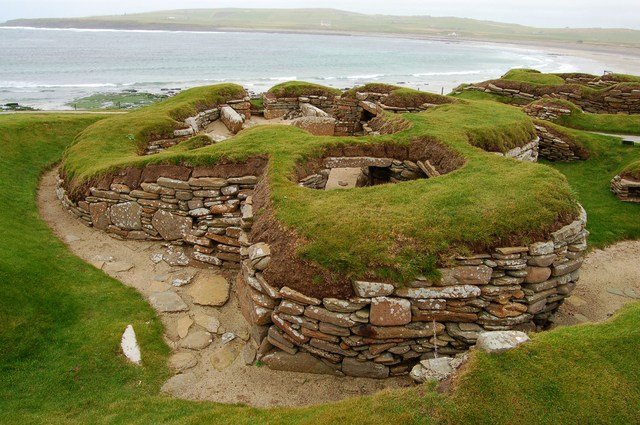
The village reappeared in the mid-nineteenth century when a fierce winter gale scoured the Bay of Skaill and peeled back deep sand dunes. Imagine walking the beach the next morning and finding a stone house emerging from the ground, walls intact, hearth still centered, as if time had paused mid-sentence. That shock of recognition – ancient yet familiar – sparked decades of investigation into who lived here and how they thrived at the edge of the Atlantic. Skara Brae’s survival owes much to its sandy blanket, which sealed fragile artifacts behind a protective lid for millennia.
Even now, that paradox remains the site’s signature: wind and sand once revealed and preserved the village, while the same forces threaten it today. The coastline is both the reason we can see Skara Brae and the reason we might lose it if protection falters.
The Hidden Clues
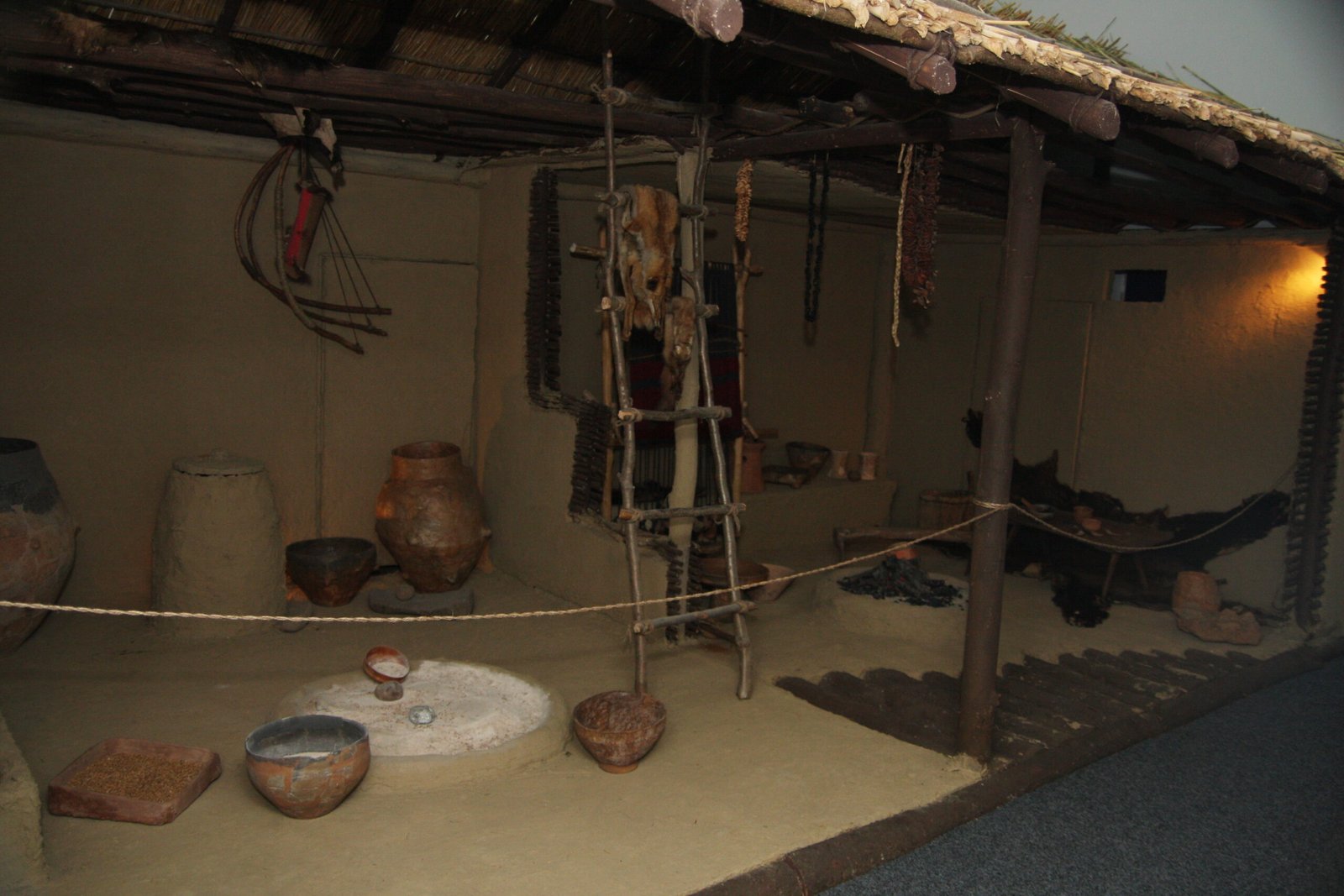
Step inside one house and the details leap out like stage props: a stone “dresser” facing the door, box-beds framed in slabs, a snug hearth, and storage tanks likely fed by a clever drainage system. These aren’t abstractions; they’re the daily patterns of people who placed tools where hands would reach and arranged spaces to manage heat, light, and privacy. Paths between houses are low and sheltered, suggesting a community that valued close connection and practical protection from relentless winds. Unfired clay beads, bone pins, and decorated stone remind us that style mattered as much as survival.
Pottery fragments – often Grooved Ware typical of late Neolithic Britain – carry fingerprints of diet and habit, from simmered grains to oily residues of marine foods. Even the wall construction, tight-fitted and cunningly corbelled, whispers of builders who understood weight, water, and weather.
Living Rooms in Stone
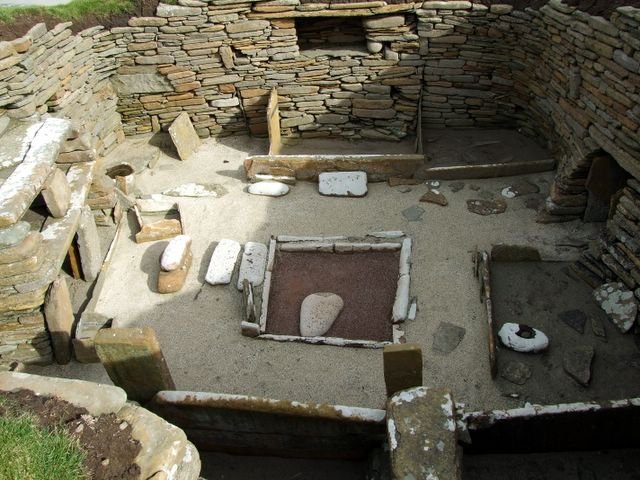
Skara Brae compresses the drama of domestic life into stone lines we can still trace with a fingertip. The central hearth sets the rhythm: fire for warmth, cooking, and light, with smoke curling up through a tight roof. Beds are tucked into corners, and niches carved into walls hold tools or treasured objects, making each dwelling feel personal and purposeful. The sameness across houses hints at shared norms, while subtle differences – an extra storage box, a thicker wall – suggest individual tastes or tasks.
One building stands out as a likely workshop, its benches and storage spaces arranged for making rather than sleeping. You can almost hear the percussion of stone on stone, the soft rasp of antler on bone, the village’s background music.
From Ancient Tools to Modern Science
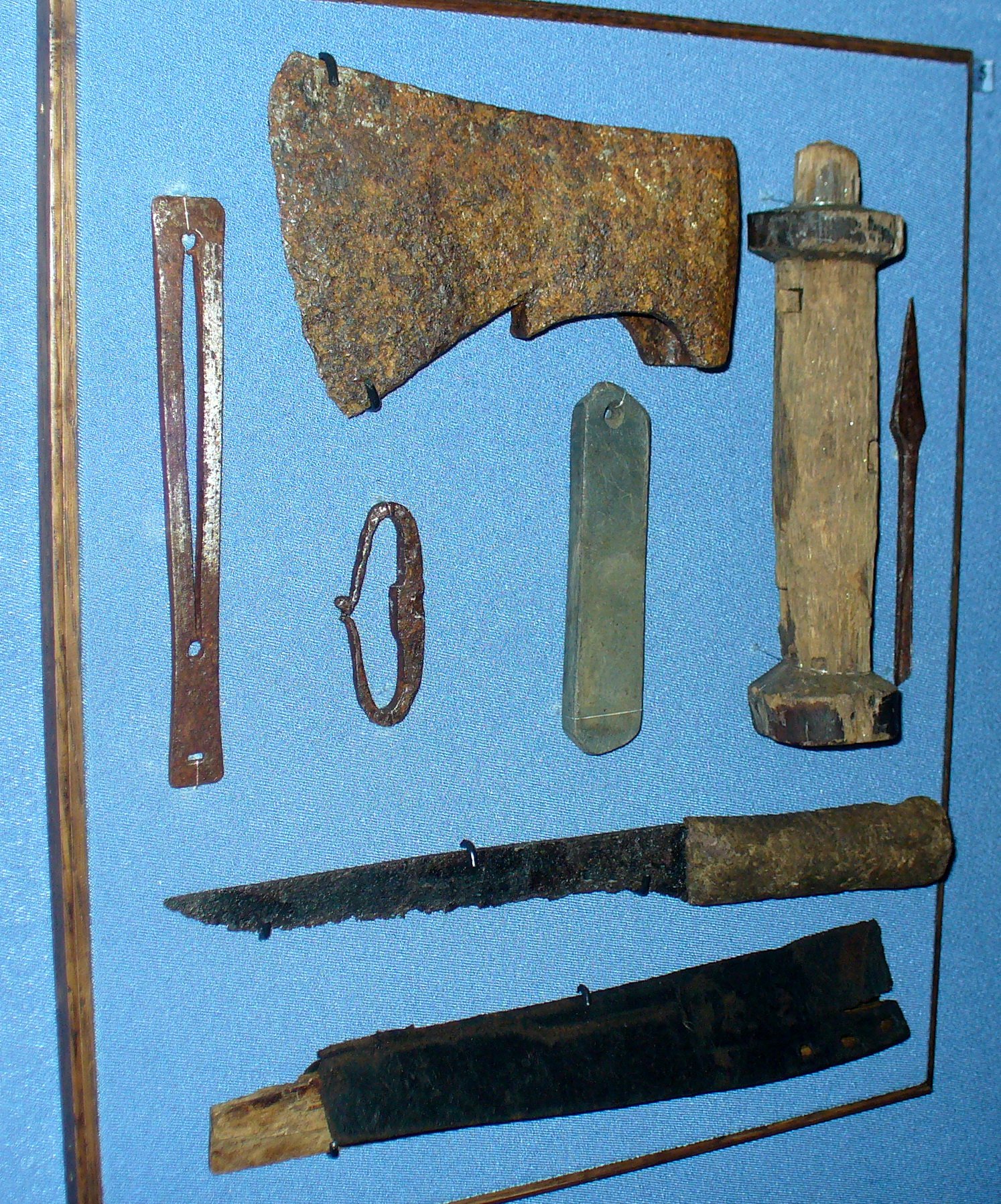
Radiocarbon dating anchors Skara Brae in the late Neolithic, roughly between the thirty-second and twenty-fifth centuries BCE, with phases of occupation and adaptation. Today, archaeologists add layers of insight using micromorphology to read sediment thin-sections like diaries, and isotopic analyses to infer diet shifts across seasons and years. High-resolution photogrammetry and laser scanning now capture the village in digital relief down to hairline cracks, creating a time-stamped baseline against which future changes can be measured. Ground-penetrating radar helps trace buried structures and paths without lifting a single trowel of soil.
These tools do more than document; they test ideas about how people organized labor, divided spaces, and negotiated harsh climates. The result is a living dataset, updated as new techniques peel back fresh layers of meaning.
A Village Written in Shell and Bone
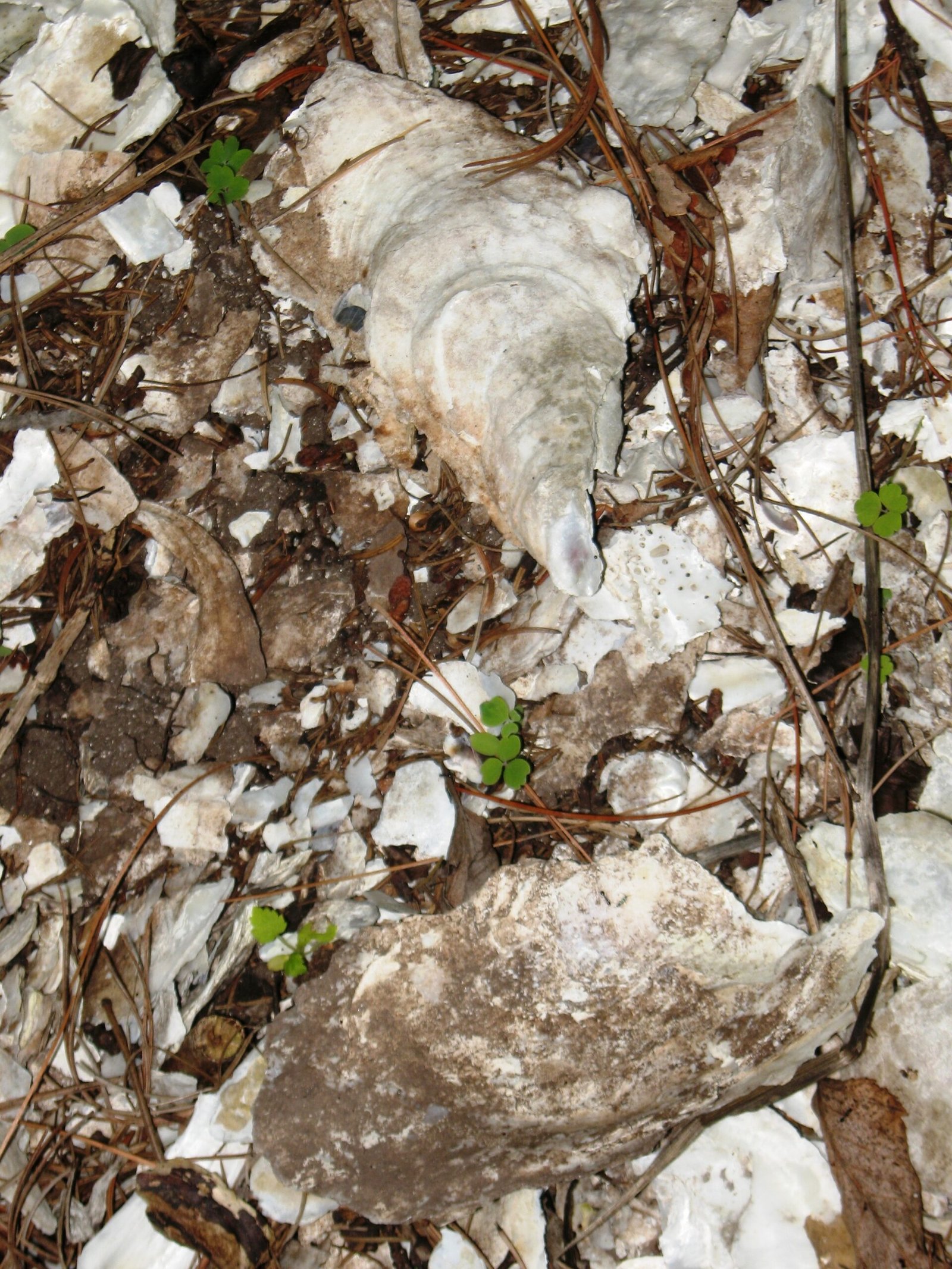
Middens – the layered heaps of shells, bones, ash, and broken pots – serve as Skara Brae’s running logbook. They reveal meals heavy with shellfish and fish, alongside cattle, sheep, and barley, a menu calibrated to land and sea. Charred plant remains show careful use of scarce fuels, including peat and driftwood, each with its own signature under the microscope. Small polished stones, beads, and carved pieces hint at exchange networks and shared styles that tie Orkney to broader Neolithic traditions across Britain and beyond.
In these refuse layers, researchers also find clues to stress: sand blows, storm surges, or resource fluctuations leaving spikes of wind-driven grit settled among domestic debris. The trash of daily life becomes the archive of resilience.
Global Perspectives
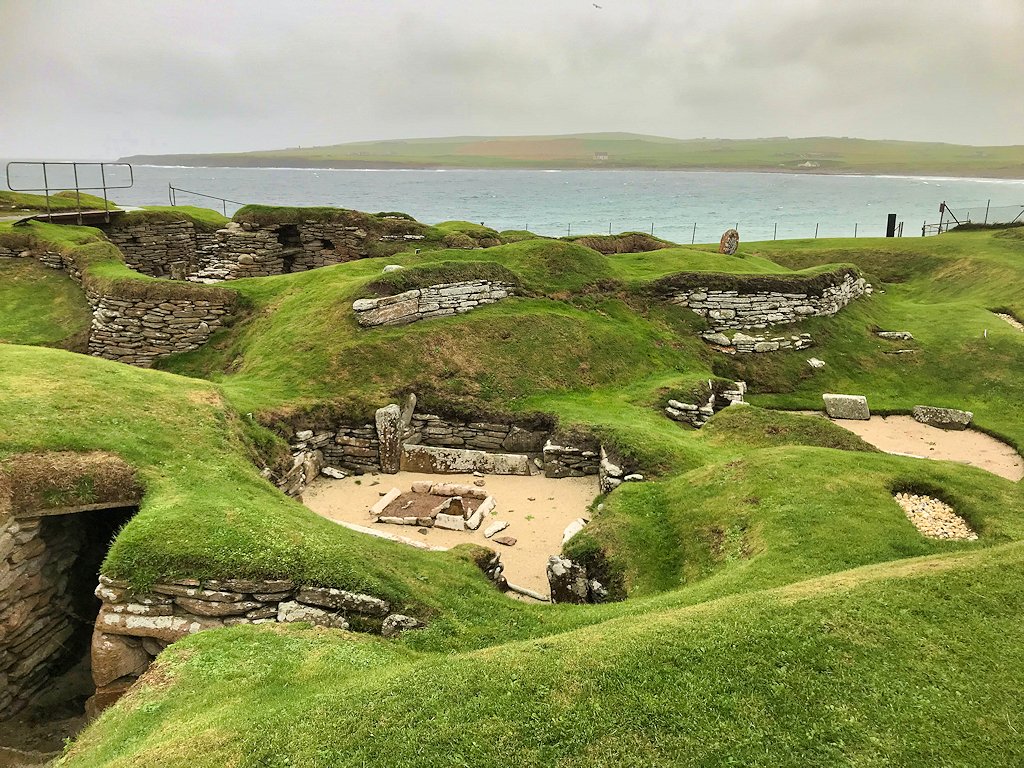
Skara Brae belongs to the Heart of Neolithic Orkney, a constellation that includes ceremonial sites and monumental rings, and it speaks to a wider prehistoric conversation. From Anatolia’s dense house clusters to East Asia’s early farming villages, humans have repeatedly solved the puzzle of community in different ways. What sets Skara Brae apart is the intimacy of its preservation: furniture still in place, drains still guiding water, passages still hugging the wind. Many prehistoric settlements are drawn with dots on a plan; this one reads like floor plans you can walk through.
The village’s clarity allows comparisons across regions, testing ideas about how community design, climate, and belief systems interact. That makes Orkney not a remote outpost but a reference point in global prehistory.
Why It Matters
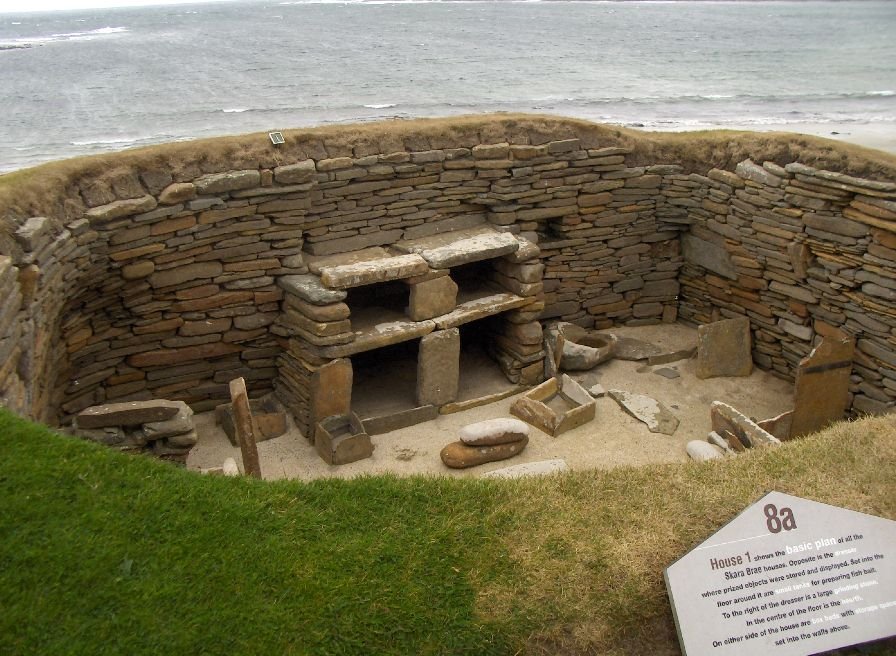
Skara Brae compresses the big questions of archaeology into human-scale rooms: how did people cooperate, store food, share heat, and negotiate privacy? Unlike monumental tombs or vast earthworks, these homes prioritize daily problem-solving over spectacle, showing how innovation lives in the ordinary. The site backs up a broader idea that technology isn’t only about flashy tools; it’s also about clever layouts, integrated drains, and the social glue of shared spaces. Studying such features refines climate models for past habitation and informs modern design in exposed coastal regions.
There’s also the blunt reality that coastal heritage is a barometer for environmental change. As protection walls and monitoring improve, Skara Brae becomes both a classroom and a measuring stick for the pressures redefining shorelines worldwide.
The Future Landscape
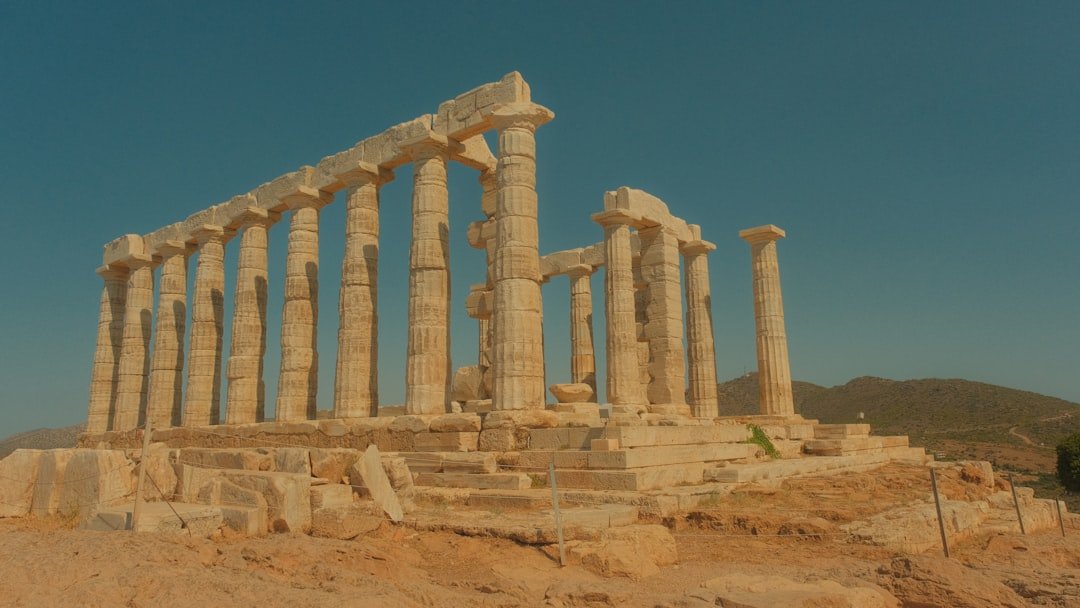
New monitoring blends satellite data, drones, and repeat laser scans to track millimeter-scale shifts in walls and passages, turning Skara Brae into a precision instrument for detecting coastal stress. Predictive models now simulate storm surge paths and salt spray impacts, guiding protective interventions that minimize disturbance to the archaeology itself. Emerging methods – like ancient protein and lipid biomarkers – promise finer-grained portraits of diet, crafts, and even health, while low-impact coring techniques recover sediments without undermining fragile structures. Digital twins of the site will support remote research and education, ensuring access even during severe weather or conservation work.
Yet the hardest questions remain social and financial: which defenses are sustainable, and how do we balance access with preservation over decades, not just seasons? The answers will shape not only Skara Brae’s fate, but policies for threatened coastal heritage across the North Atlantic.
Conclusion
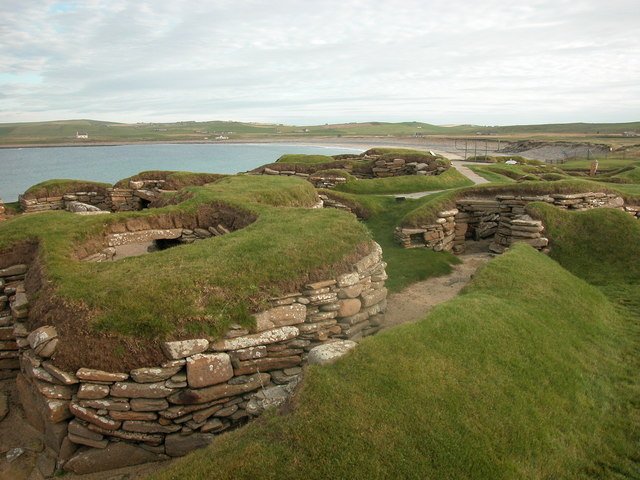
If this windswept village speaks to you, start by learning more about Orkney’s Neolithic landscape and how coastal change is monitored – context turns concern into informed support. Consider visiting responsibly, choosing periods and routes that reduce wear on paths, and heeding local guidance to keep fragile features intact. Support organizations that fund climate adaptation and heritage conservation, from community groups to national trusts, because effective protection is a long, steady effort. Share what you’ve learned with friends or classrooms; the more people who understand Skara Brae’s value, the stronger the case for its care.
Small acts add up: curiosity fuels research, careful tourism sustains local stewardship, and steady advocacy helps secure the resources that keep this time capsule open to the future.

Suhail Ahmed is a passionate digital professional and nature enthusiast with over 8 years of experience in content strategy, SEO, web development, and digital operations. Alongside his freelance journey, Suhail actively contributes to nature and wildlife platforms like Discover Wildlife, where he channels his curiosity for the planet into engaging, educational storytelling.
With a strong background in managing digital ecosystems — from ecommerce stores and WordPress websites to social media and automation — Suhail merges technical precision with creative insight. His content reflects a rare balance: SEO-friendly yet deeply human, data-informed yet emotionally resonant.
Driven by a love for discovery and storytelling, Suhail believes in using digital platforms to amplify causes that matter — especially those protecting Earth’s biodiversity and inspiring sustainable living. Whether he’s managing online projects or crafting wildlife content, his goal remains the same: to inform, inspire, and leave a positive digital footprint.



